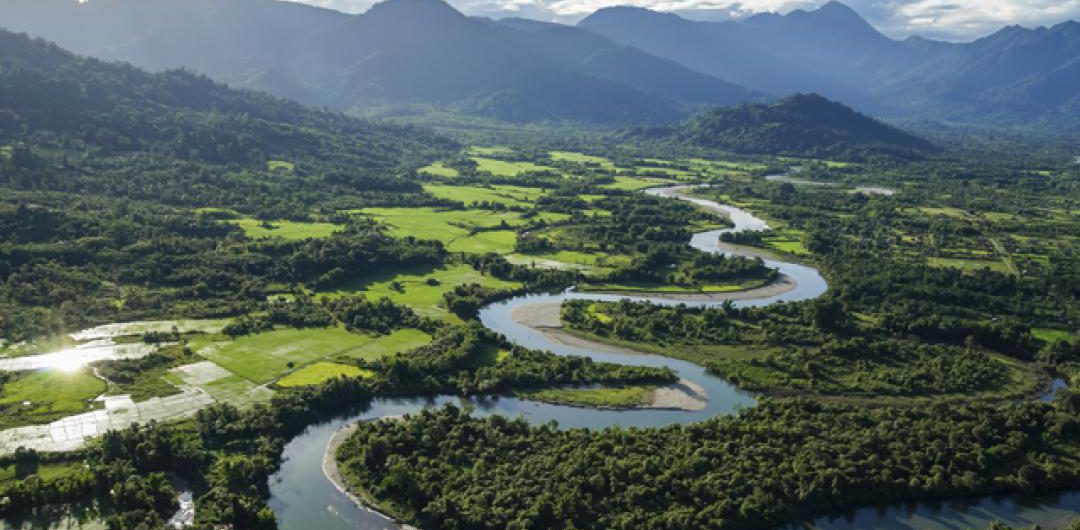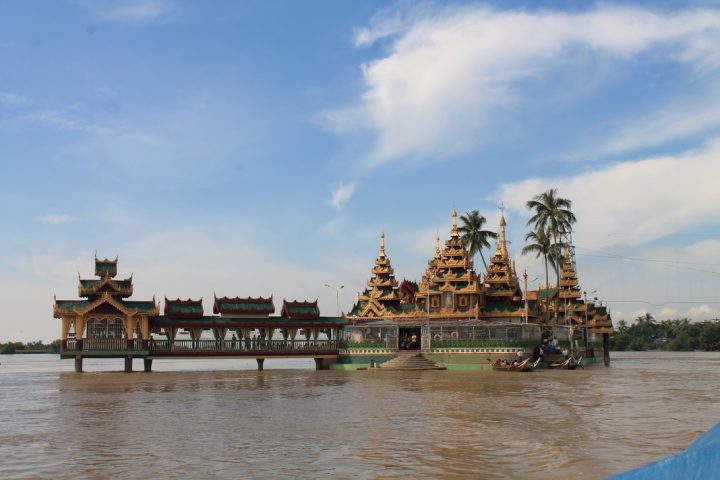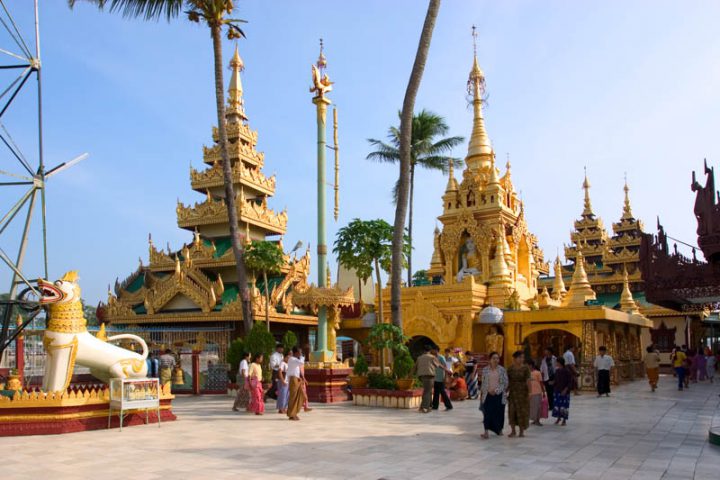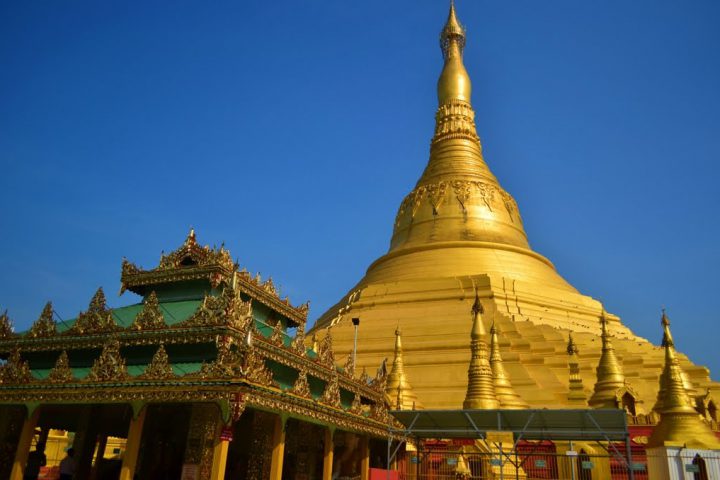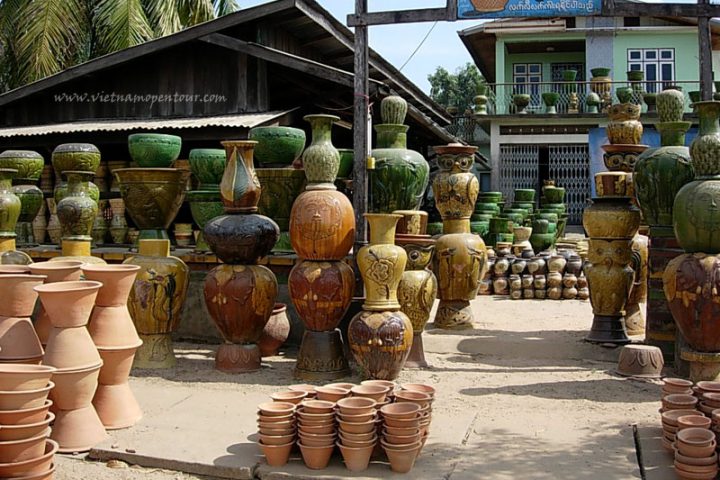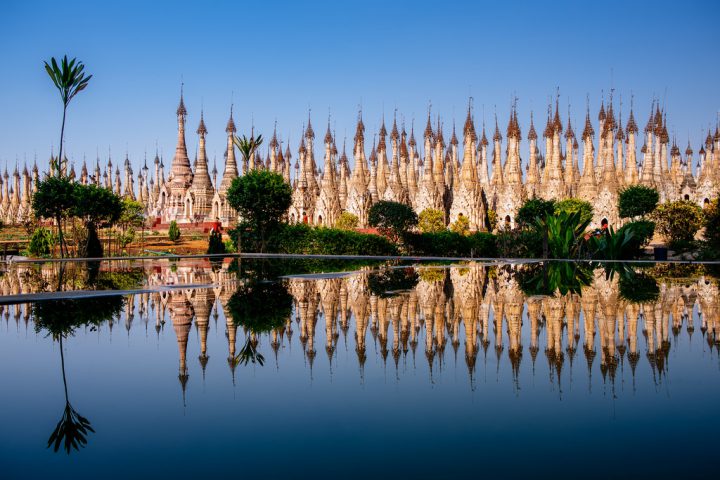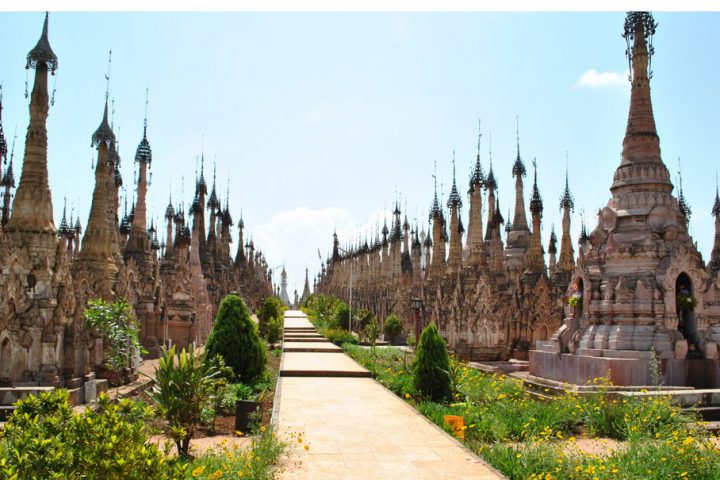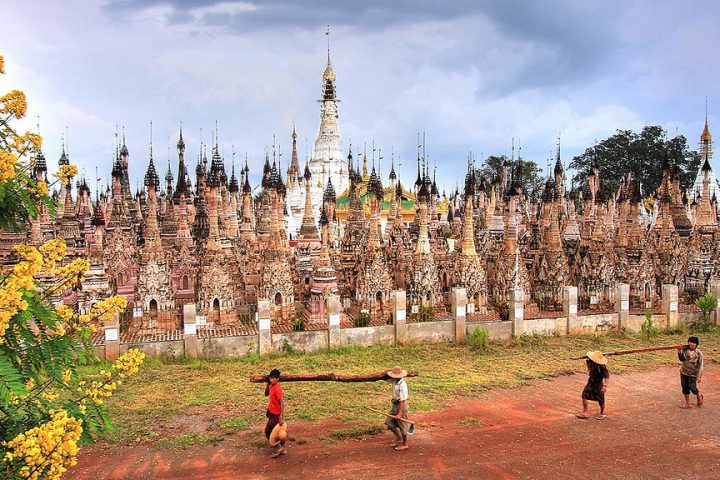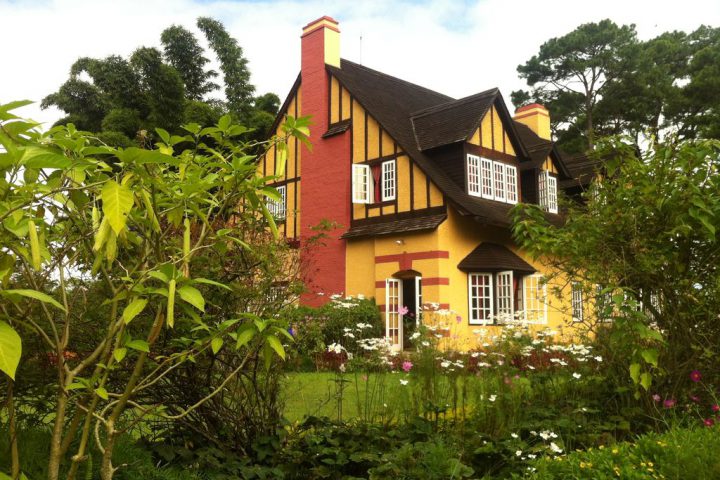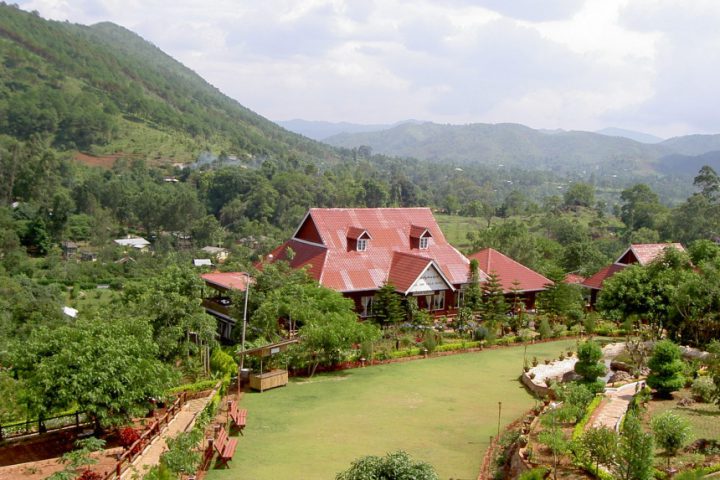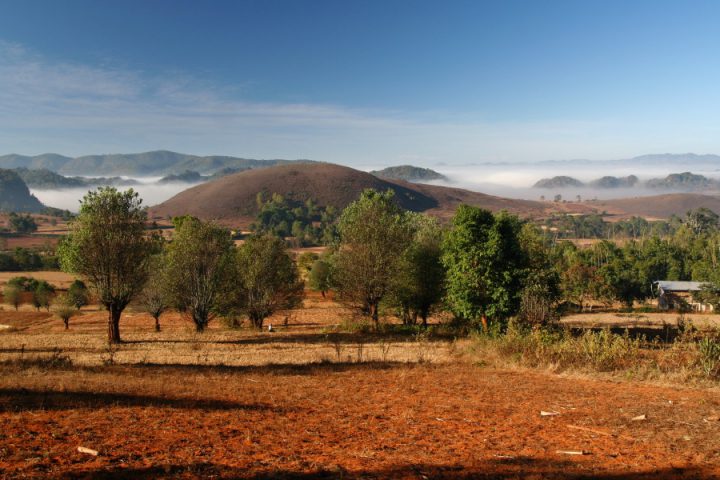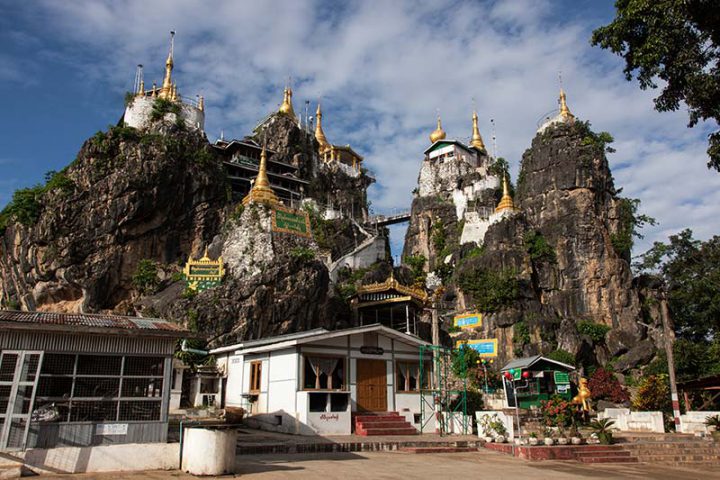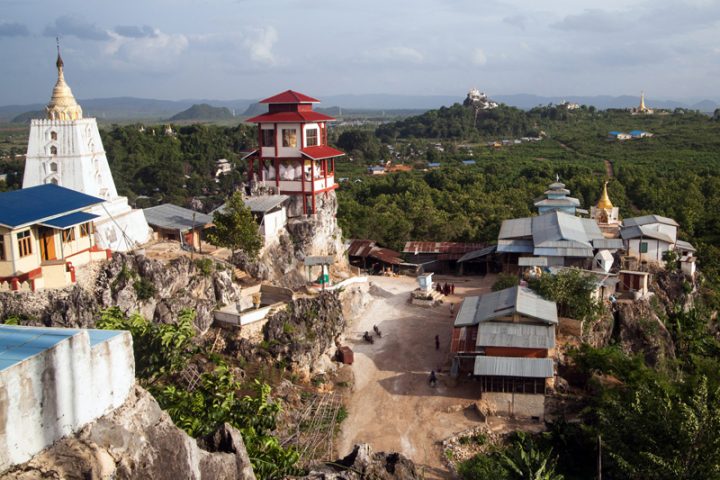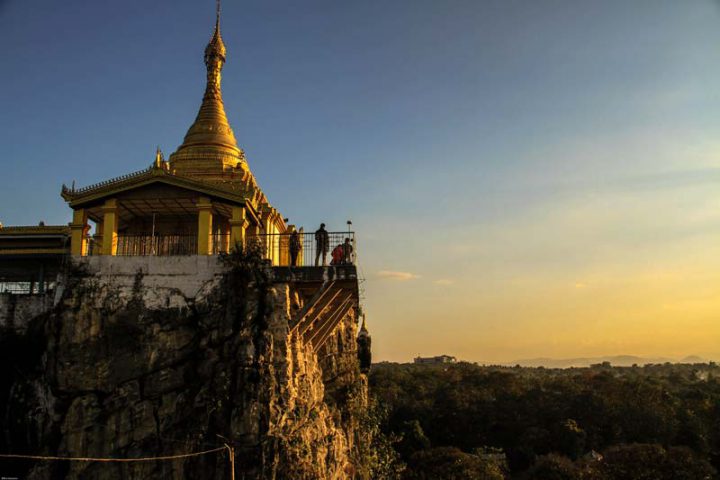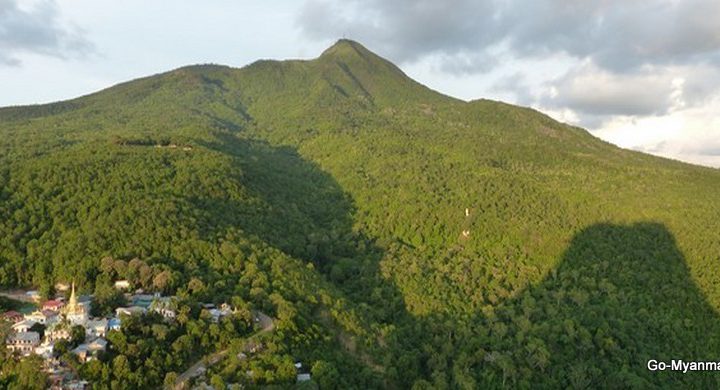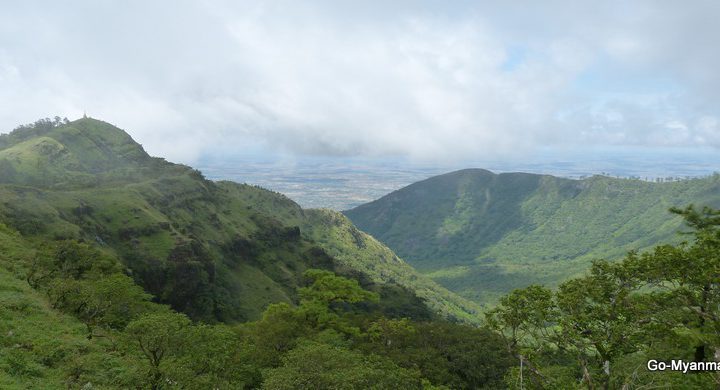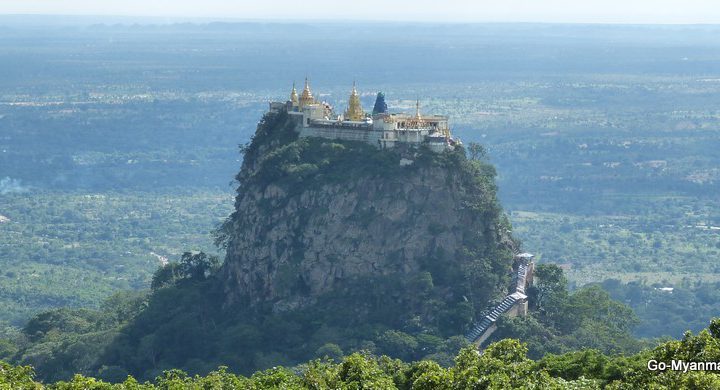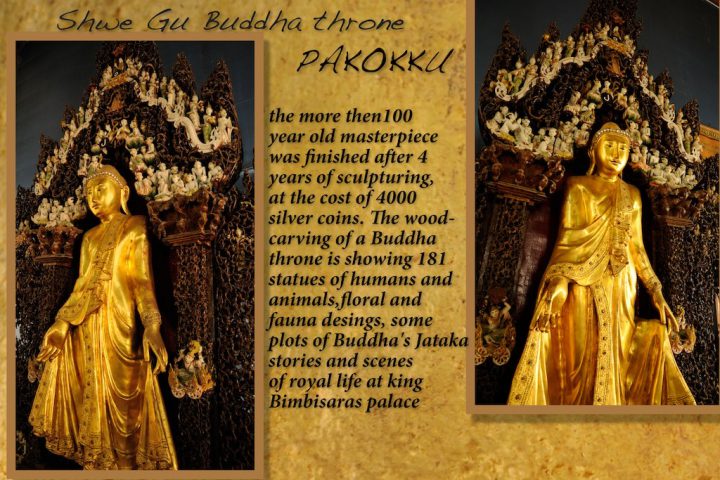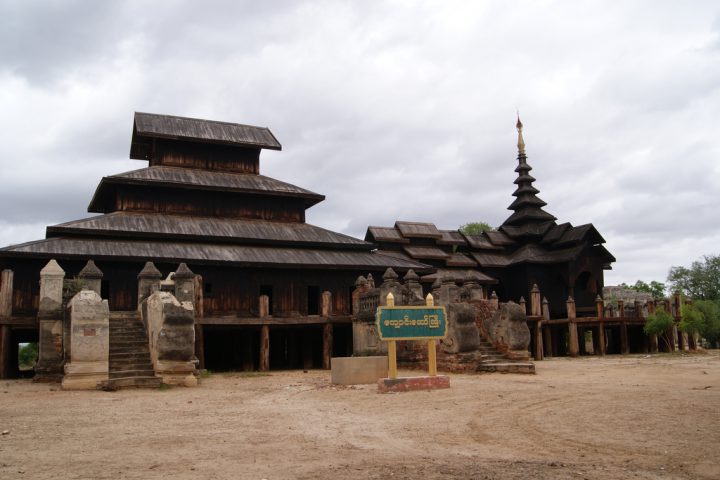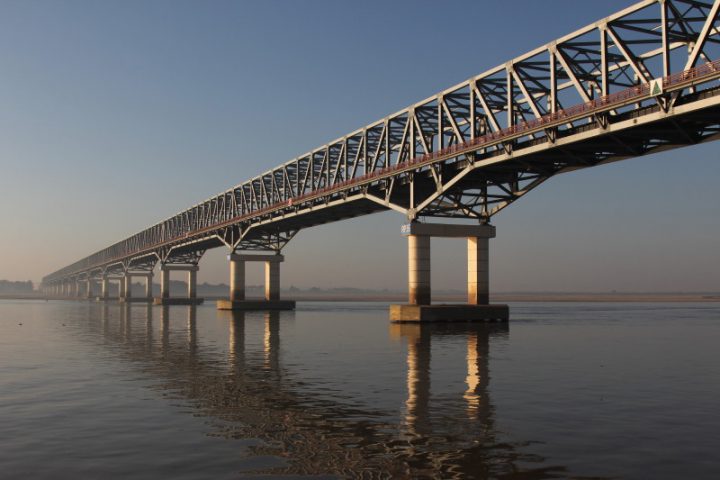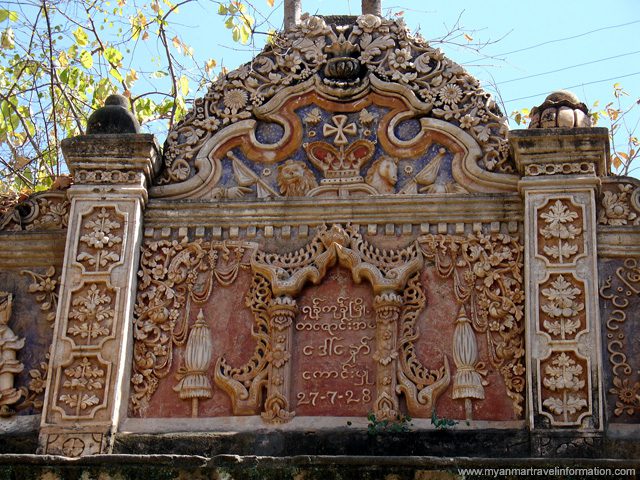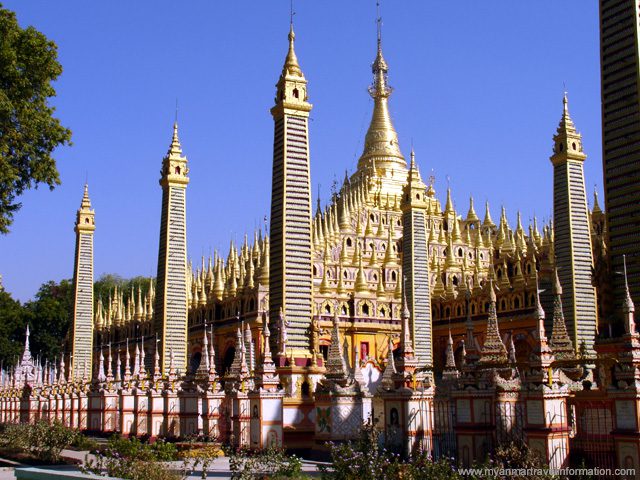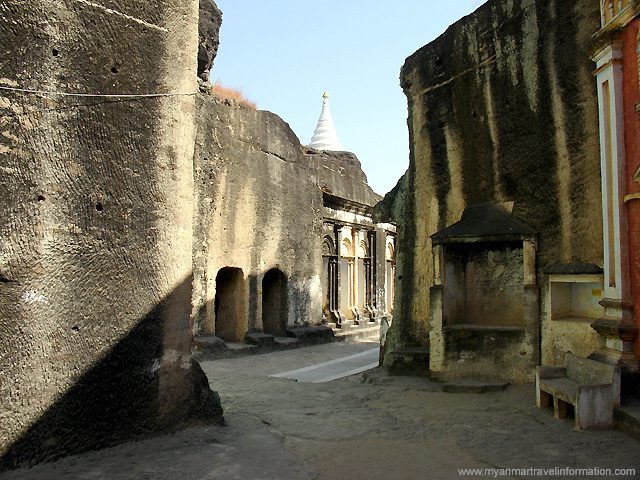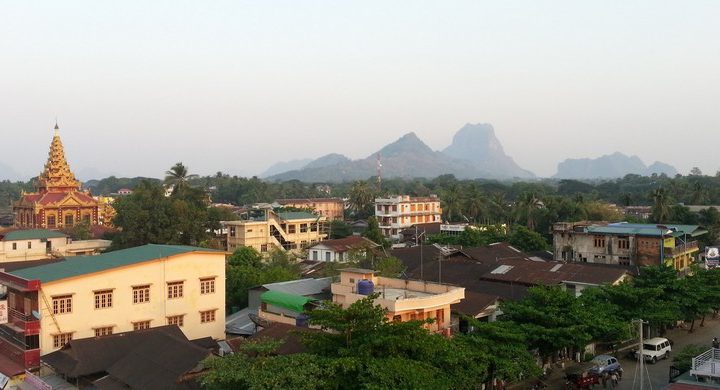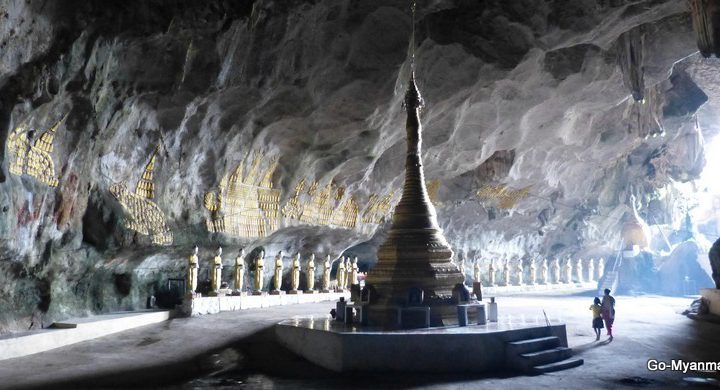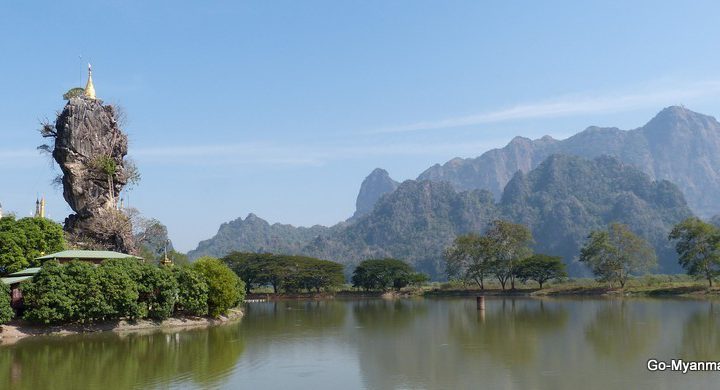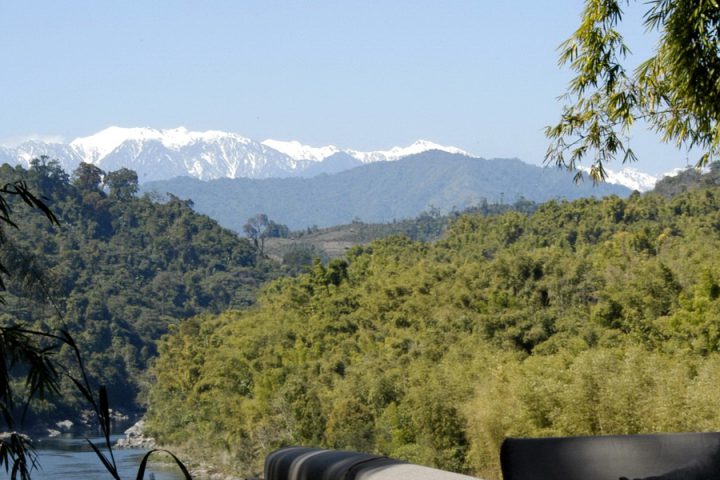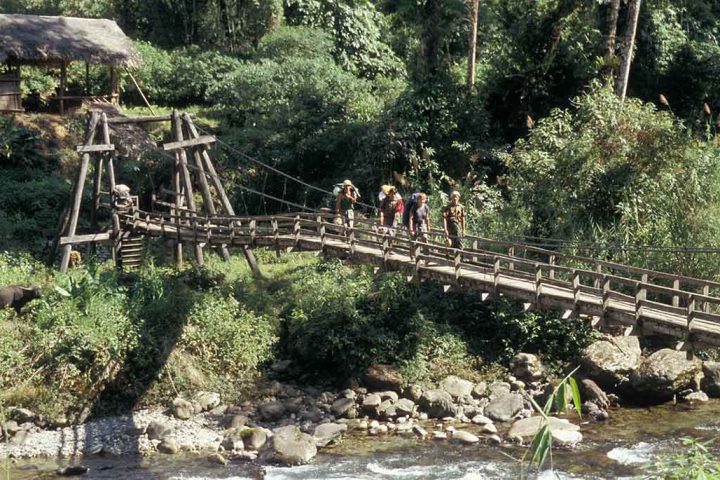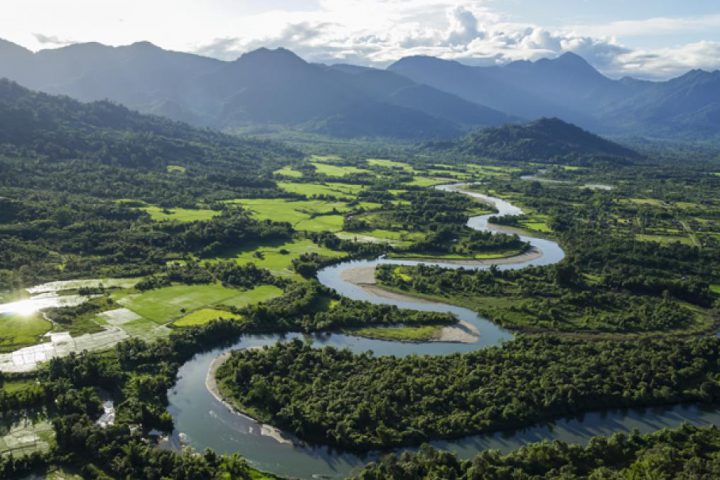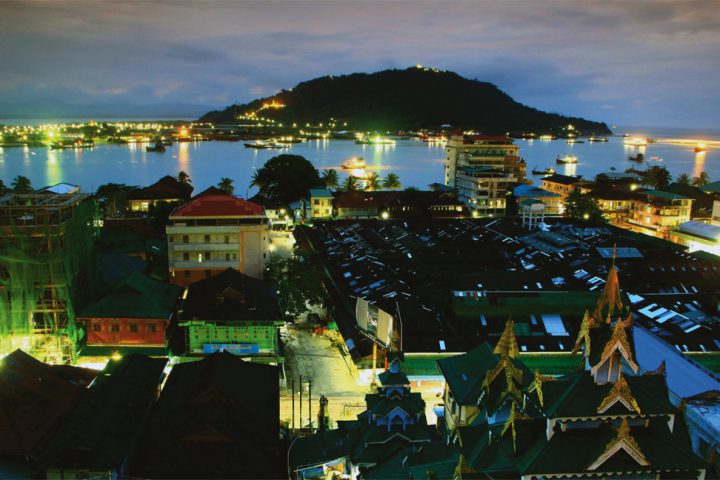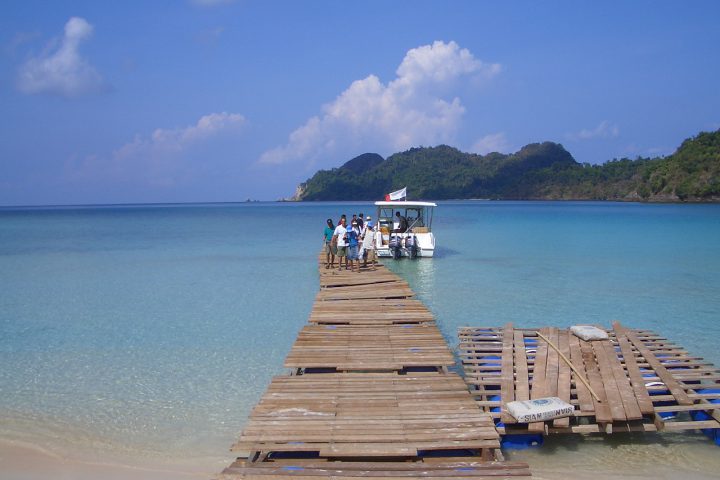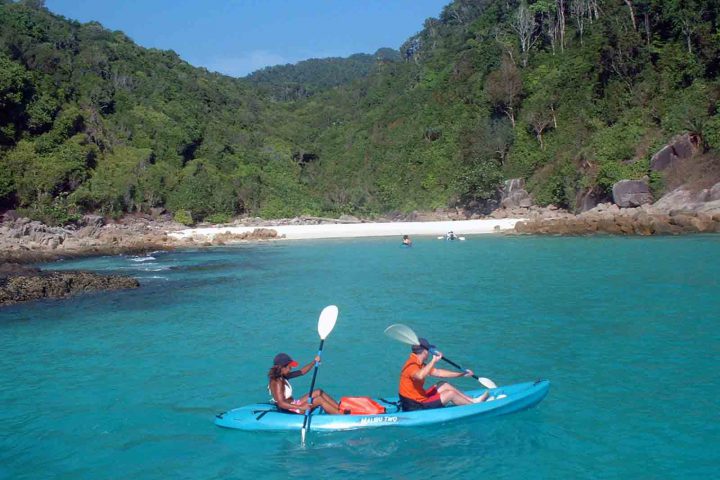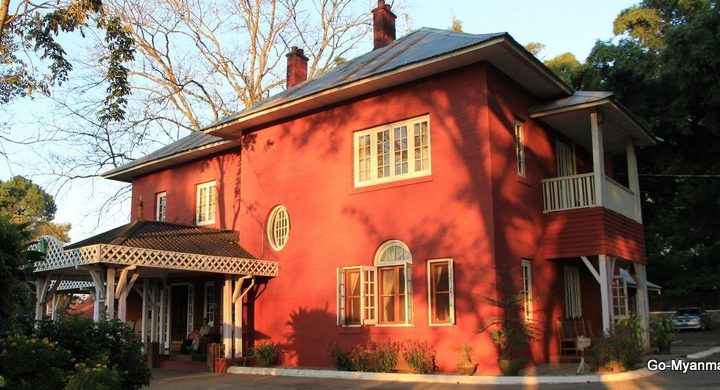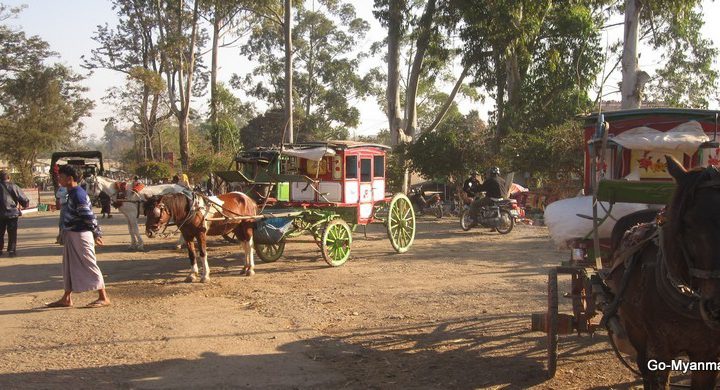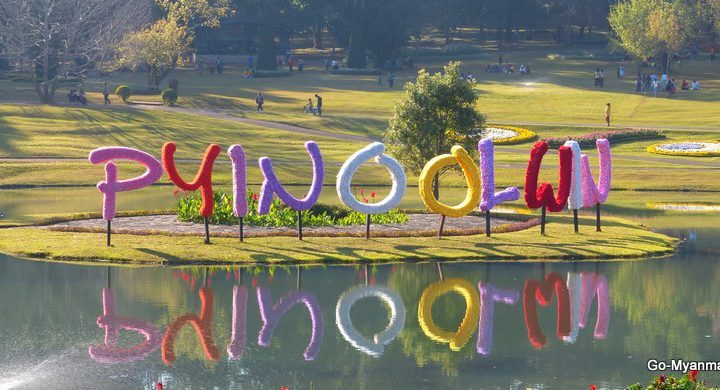The Kyaik Khauk Pagoda was built on a hillock named Hlaing Pote Kone on the road from Thanlyin to Kyauktan.It is Mon-style stupa similar to Shwedagon Pagoda. The pagoda was built by the Mon King Cula Thirimasoka of Thaton in the Buddhist Era 241. Kyaik Khauk Pagoda had been successively repaired and renovated by 18 kings who reigned Myanmar.
Thanlyin was formerly known as Syriam. Myanmar usually pronounce as “Tanyin”. It is a city in Yangon Division in Myanmar. It is located on the bank of Yangon River, and is a major port.
Yele Pagoda at Kyauktan means the Pagoda in mid-stream on a laterite reef. The Pagoda is also known as Kyaik Mhaw Won Pagoda. The pagoda was built by King Zeyasana, the seventh king of the Pada Dynasty in the third century BC. The height of the original pagoda was only 11ft. The only way to get into the pagoda is by the boat. Foreigners are required to sit at a “larger boat” which differs from the smaller ones that the locals take due to “security purposes”.




